By: Shamsi Ali, President of Nusantara Foundation, New York
One of the important historical events in the history of Islam is Al-Hijrah or the migration of the Prophet Muhammad (pbuh) to Yathrib, later known as Madinah Al-Munawwarah. It happened in the 13th year of the Nubuwwat (Muhammad’s appointment as the Prophet and Messenger).
Hijrah or Migration is important among the Islamic historical events for many reasons. But one of the reasons is that it is considered the beginning of the rise of this Ummah as an nation;: the starting point for this Ummah to establish their own identity as a great nation (known Ummah).
Islam’s development can be divided into several stages or divisions.
Also Read: The Forty-Four-Days of Glory: Azerbaijan’s Struggle for Justice and Peace
First is the birth of the Prophet. From his birth Islam got the boost to spread. Muhammad’s (pbuh) birth is like a “noor” that has come to enlighten the world. He represented the “nuur Allah” (the light of Allah to the world).
Second, is his appointment as the Prophet (Nabi) and Messenger (Rasul). This was identified by the first revelation (Al-Quran) which came down to him from Allah. By receiving the revelation he was officially appointed Allah’s Messenger to the world.
Third, is Bani Hashmi boycotting that lead to the event of Al-Isra (nightly journey) and Al-Mi’raj (ascension) of the Prophet Muhammad to the heaven. This historical event is considered te be the path for this ummah to rise individually. Through Isra’ Mi’raj the Prophet (and the Ummah) became empowered spiritually and individually.
Fourth, around two years after the Isra’ Mi’raj of the Prophet, Allah commanded him to do Hijrah or to migrate to Madinah Al-Munawwarah, formerly named the city of Yathrib. This happened around the 13th year of Al-Bi’thah (the appointment of the Prophet to prophethood).
Also Read: Palestine Solidarity Month: A Collective Movement for Al-Aqsa and Palestine’s Freedom
Consequently the Hijrah led into many other major events in the history of Islam. Among such events are the battles against the atheists of Makkah (mushrikuun of Makkah), the Bai’ah of Hudaibiyah (the allegiance of Hudaibiyah) and so forth. The allegiance of Hudaibiyah consequentially lead into the Fath Makkah or the conquest of Makkah.
When we study the history of the Prophets we will find that Hijrah in fact is the Prophet’s way. Many of them, if not all, have had certain type of Hijrah (migration) during their life time.
Noah or Nuh (pbuh) did Hijrah through the ship during the flooding. Ibrahim (pbuh) did Hijrah from Babylon to Jerusalem with his wife Sarah. Musa (pbuh) did Hijrah several times during his life. The most important was from Egypt to the land of Palestine. Also Isa (pbuh) did Hijrah from Jerusalem to Egypt and back to Jerusalem.
Hijrah of the Prophet Muhammad (pbuh)
Also Read: Hassan al-Turabi: A Controversial Thinker from Sudan
Towards the end of the 13th year of nubuwwat (prophethood) he began to prepare his migration to Madinah. In fact, years before that some delegations came from Madinah to Makkah to give their allegiance to the Prophet and invite him to move to Madinah.
After receiving Allah’s command (instruction) to migrate Rasulullah (pbuh) began the preparation. Fist, he began sending his compassions to Madinah secretly, mostly after midnight. None of those companions left Madinah openly, except Umar (RA). In fact before leaving Makkah Umar went to Al-masjidil Haram to challenge the leaders of Makkans saying: “if any of you want his wife to be a widow and his children to be orphans, meet behind this mountain tonight. I am leaving Makkah to Madinah tonight”.
Rasulullah purposely asked the two closest persons to remain in Makkah with him; Ali, his son in law and Abu Bakar, his future father in law. The night he left Makkah he asked Ali to replace him on his bed. While he asked Abu Bakar to accompany him on his way to Madinah.
In the meantime the Makkans have heard that Muhammad (pbuh) will leave Makkah to Madinah that night. They then assigned 10 of the most skillful young killers to cut off the Prophet’s head. They wanted him dead before leaving Makkah to Madinah. The young killers surrounded the Prophet house.
Also Read: Who Exactly is the RSF Group Shaking Sudan?
The crucial moment arrived. After midnight the Prophet asked Ali to lie on his bed. While he himself sneaked out of the door secretly. But symbolically threw some dusts to the faces of those killers. By Allah’s will and power the fell asleep.
Muhammad (pbuh) did not directly go to Madinah. Instead, he went to the opposite direction, to a cave known as Thuur, where he and Abu Bakar hid for 3 days and nights. In the meantime, in the early morning the killers then realized the Muhammad had escaped his house. They followed his footsteps to the cave. But when they arrived, the found at the gate of the cave a bird’s nest and a spider web. So they thought it’s impossible for Muhammad to be inside of the cave.
But Muhammad and his companion Abu could see their feet and swords in front of the door. Abu Bakar cried, worrying about the fate of his beloved, Rasulullah (pbuh). But Rasulullah said to him: “fear not, surely Allah is with us. This is later recorded in the Qur’an in Chapter 9 verse 40.
After three days and nights in that cave Muhammad and Abu Bakar began the journey to Madinah. Makkah leaders announced that whoever captures or finds Muhammad alive or dead will be rewarded 100 camels. A person named Suraqah followed the Prophet on his way to Madinah. Miraculously every time he came near the Prophet his horse fell and he could not harm the Prophet.
Also Read: The Two-State Solution (Palestine–Israel) in Historical Perspective
In the meantime, the Muslim community in Madinah waited for the arrival of the Prophet with all anticipation. And when they saw him approaching Madinah, they were so joyful and sang a song called “tola’a al-badaru alaina”…
To make the story short, the Prophet arrived in Madinah. Every single Muslim in Madinah wanted him to stay in his house. But Rasulullah did decide where to stay. He waited for a sign from Allah. Finally his camel stopped in front of the house that belongs to a companion named Abu Ayyub Al-Ansori.
The Prophet decided to stay in his house. But the before even entering to the house he began to establish the first ever mosque built in the history of Islam. The mosque today is called “masjid Kuba”.
The establishment of a Community
Also Read: Enchanted by K-Dramas, Dragged into Slander: Time for Muslims to Rise!
In just a few years the Prophet Muhammad (pbuh) successfully established a solid and vibrant society or community (Ummah). There are several steps that Rasulullah undertook to realize that Community.
First, as mentioned earlier, he established a mosque. A mosque is a place for Muslims not only to engage in ritual deeds, but as a symbol of deep obedience to the Almighty. By establishing a mosque the Prophet wanted to teach his people that an Islamic community is a community of obedience.
Second, the Prophet established a solid internal reconciliation between those who migrated from Makkah (known as Muhajirun) and those native Madinah citizens (known as Ansor). This is known in Islam as ukhuwah between members of the community. Symbolizing the importance of unity and brotherhood between them as the Qur’an emphasizes.
Third, he established the first civic constitution in the history of humanity. This constitution is popularly known as Charter of Madinah. The Charter had become crucially important to ensure that all citizens of Madinah, Muslims and non Muslims, can live together harmoniously.
Also Read: Creating Opportunity and Avoiding Misery; Lesson Learn on Waste Recycling Issue
Fourth, was building the economy and market. This was began by the purchasing a well and a market from the Jewish Community in Madinah emphasizing the importance of economic empowerment for the community.
Fifth, he was then forced to prepare for defense. Not long time after the migration the Makkans prepared a big number of army to attack Madinah. The Prophet then realized on the importance of establishing military base for his nation defense. Many battles took place within the 10 years he lived in Madinah.
Sixth, the Prophet engaged in global diplomacy. He sent letters to all leaders of the big emporium, including the Roman emperor, the King of Persia and others. Some were receptive and were friendly. But many were enraged and planned to attack this newly established nation.
Seventh, finally after the revelation of the obligation of hajj (pilgrimage) the Prophet began his international mission. He took his companions for Hajj but was rejected to Makkah by the Makkan leaders.
Also Read: Between the Treaty of Hudaybiyyah and Ceasefire in Gaza
Consequently the rejection led to two important events in the history of Islam; the treaty of Hudaibiyah which later lead to the most important one in the history of Islam, Fath Makkah or the conquest of Makkah.
By conquering Makkah we may say the Prophet accomplished his first important mission. The rest was about expanding the mission to the rest of the planet as a part of realizing Islam as “rahmah lil-alamin” (mercy to all humanity).
To conclude, I wanted to underline two points:
First, the Islamic calendar is identified by the Hijrah for a reason that Hijrah is the symbol of Islamic development as a community. Which also means that this Ummah must rise and achieve their collective success and glory.
Also Read: Peace Cannot Be Achieved Without a Palestinian State
Second, this Ummah can not achieve collective success and glory without Hijrah. And the essence of Hijrah itself is change. As Allah said: “verily Allah will never change a situation of any nation unless that nation change themselves”.
Happy New year to all. Wish you all the best and more blessings in the days ahead. Amin. (AK/RE1)
Mi’raj News Agency (MINA)
Also Read: Facing the Wall: Netanyahu and Ambitions Built on Blood





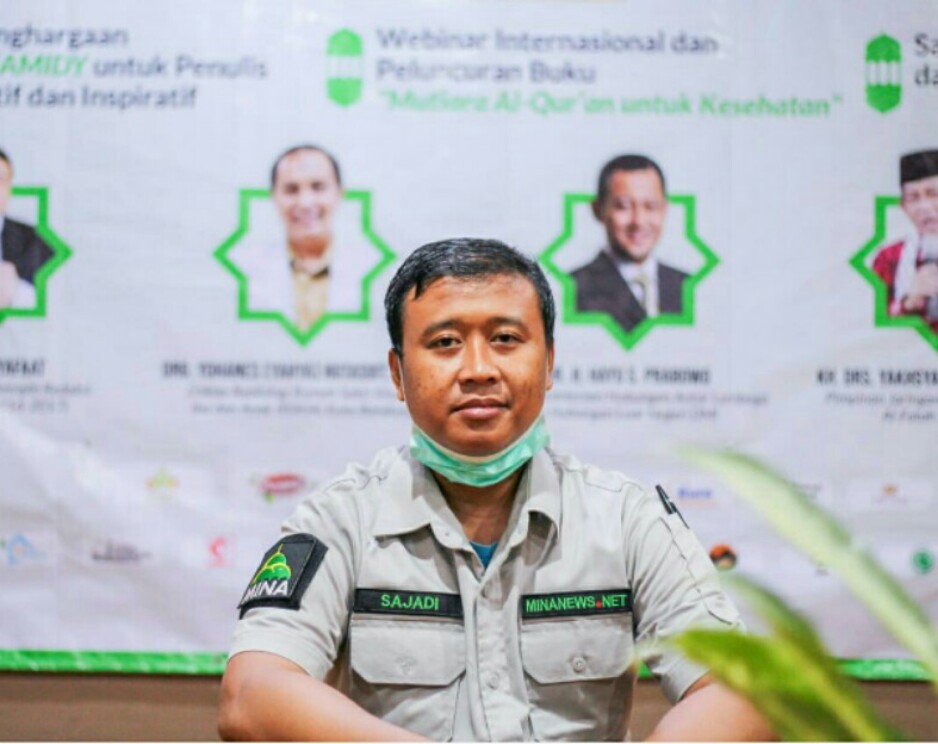
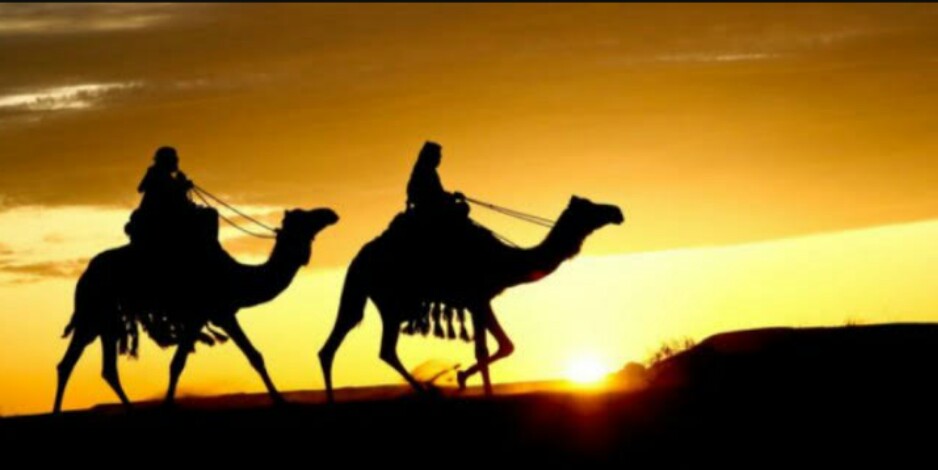

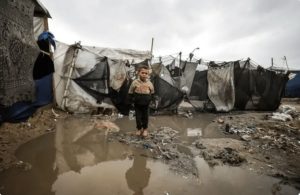


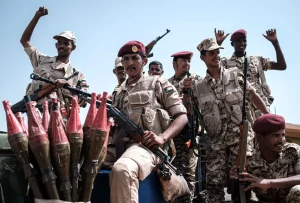
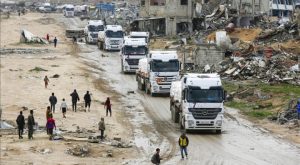




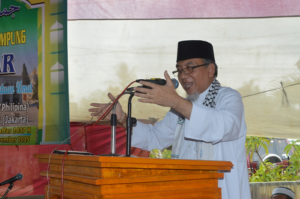
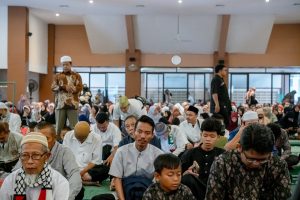
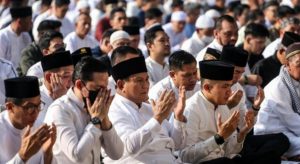












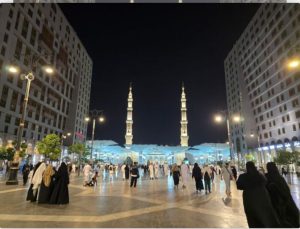



 Mina Indonesia
Mina Indonesia Mina Arabic
Mina Arabic